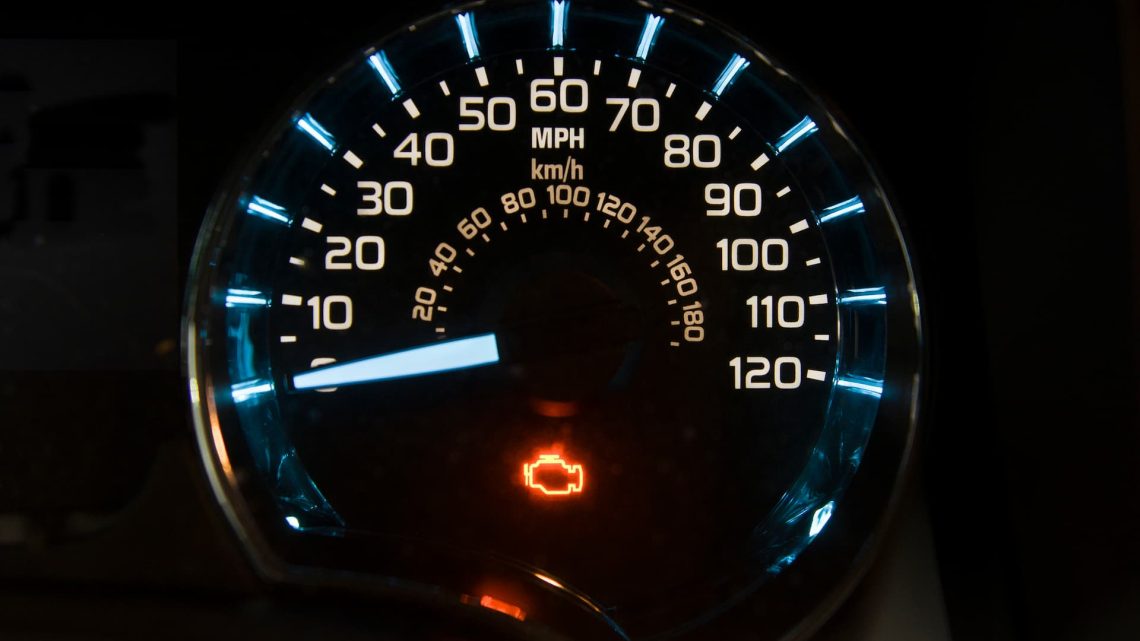That dreaded check engine light. It’s the automotive equivalent of a mysterious ache – you know something might be wrong, but everything seems fine on the surface. So, your car is running smoothly, no weird noises, no loss of power, but that little light is glaring at you from the dashboard. What gives? Don’t panic just yet! Let’s explore some of the reasons why your check engine light might be on even when your car seems to be running perfectly normally.
Understanding Why Your Check Engine Light is On
The check engine light, also known as the malfunction indicator lamp (MIL), is part of your car’s onboard diagnostics (OBD) system. It’s designed to alert you to potential problems that could affect your car’s emissions, fuel efficiency, or overall performance. Even if you don’t notice any immediate symptoms, the light could indicate an issue that needs attention before it becomes a bigger, more expensive problem. Think of it as your car trying to tell you something important!
Common Causes: Check Engine Light Car Running Normal
So, what could be triggering the light when everything seems okay? Here are some of the most common culprits:
- Loose Gas Cap: Believe it or not, a loose or faulty gas cap is a frequent offender. It can cause fuel vapors to escape, triggering the emissions control system and turning on the light.
- Faulty Oxygen Sensor: Oxygen sensors monitor the amount of oxygen in the exhaust stream. A failing sensor can send incorrect data to the engine control unit (ECU), leading to the light illuminating.
- Catalytic Converter Issues: The catalytic converter reduces harmful emissions. If it’s not functioning efficiently, it can trigger the check engine light.
- Mass Airflow (MAF) Sensor Problems: The MAF sensor measures the amount of air entering the engine. A dirty or failing sensor can disrupt the air-fuel mixture, causing the light to come on.
- Spark Plug or Ignition Coil Problems: Even if the engine seems to be running fine, a slightly misfiring spark plug or a weak ignition coil can trigger the light.
It’s a bit like having a smoke detector that goes off when you’re just cooking toast – annoying, but it’s doing its job!
Diagnosing the Problem: Check Engine Light Car Running Normal
Okay, so you know why the light might be on, but how do you pinpoint the exact problem? Here are a few options:
Using an OBD-II Scanner to Read the Code
The most effective way to diagnose the issue is to use an OBD-II scanner. These scanners plug into your car’s diagnostic port (usually located under the dashboard) and read the diagnostic trouble code (DTC) that triggered the check engine light. You can purchase your own scanner or take your car to a mechanic or auto parts store for a free code reading. Many auto parts stores will even loan you a scanner for free!
Understanding the Diagnostic Trouble Codes (DTCs)
The DTC is a code that corresponds to a specific problem. For example, a P0420 code indicates a problem with the catalytic converter. Once you have the code, you can research the potential causes and solutions online or consult with a mechanic.
Professional Diagnosis: When to See a Mechanic
If you’re not comfortable diagnosing the problem yourself, or if the code is complex, it’s best to take your car to a qualified mechanic. They have the expertise and equipment to accurately diagnose and repair the issue. Think of it as going to a doctor – sometimes you need a professional opinion!
Ignoring the Check Engine Light: A Risky Move?
It’s tempting to ignore the check engine light, especially if your car seems to be running fine. However, this can be a risky move. While some issues are minor, others can lead to more serious problems down the road. For example:
- Reduced Fuel Efficiency: A faulty oxygen sensor or MAF sensor can cause your engine to burn more fuel than necessary.
- Increased Emissions: Problems with the catalytic converter or other emissions control components can lead to higher levels of pollutants being released into the atmosphere.
- Engine Damage: In some cases, ignoring the check engine light can lead to engine damage. For example, a misfiring spark plug can damage the catalytic converter.
Ultimately, addressing the issue promptly can save you money and prevent more significant repairs in the future. Don’t let a small problem turn into a major headache!
Check Engine Light Car Running Normal: FAQ
The check engine light will often turn off automatically after the issue is resolved. You can also use an OBD-II scanner to clear the code manually. However, if the underlying problem persists, the light will come back on.
The cost of repair varies widely depending on the cause. Simple fixes like replacing a gas cap are inexpensive, while more complex repairs like replacing a catalytic converter can be costly. Getting a diagnosis will help you understand the potential cost.
So, the check engine light is on, but your car’s purring like a kitten? Don’t ignore it! It’s your car’s way of whispering, “Hey, something’s not quite right.” Getting it checked out sooner rather than later can save you from bigger problems and keep your ride running smoothly. Think of it as preventative maintenance for your four-wheeled friend. A little attention now can prevent a major breakdown later. And who wants to be stranded on the side of the road?






